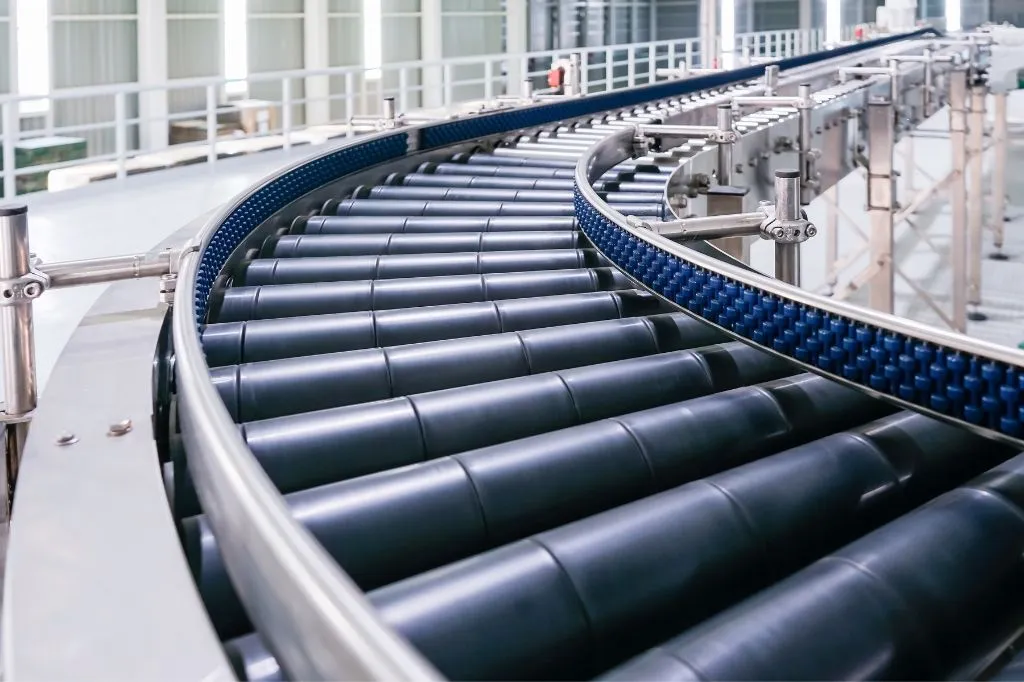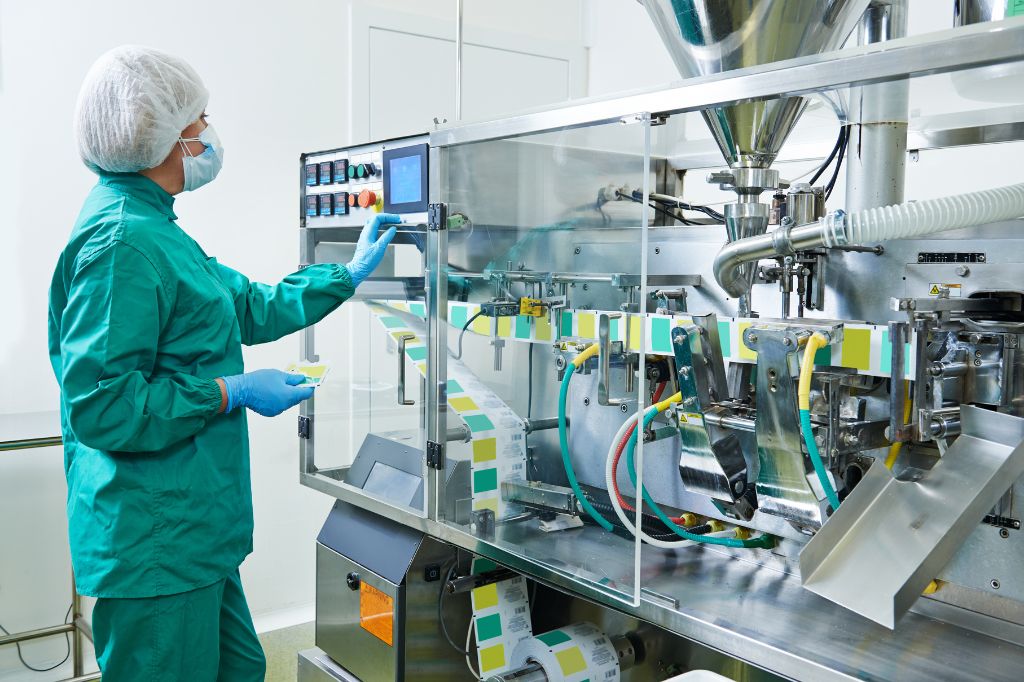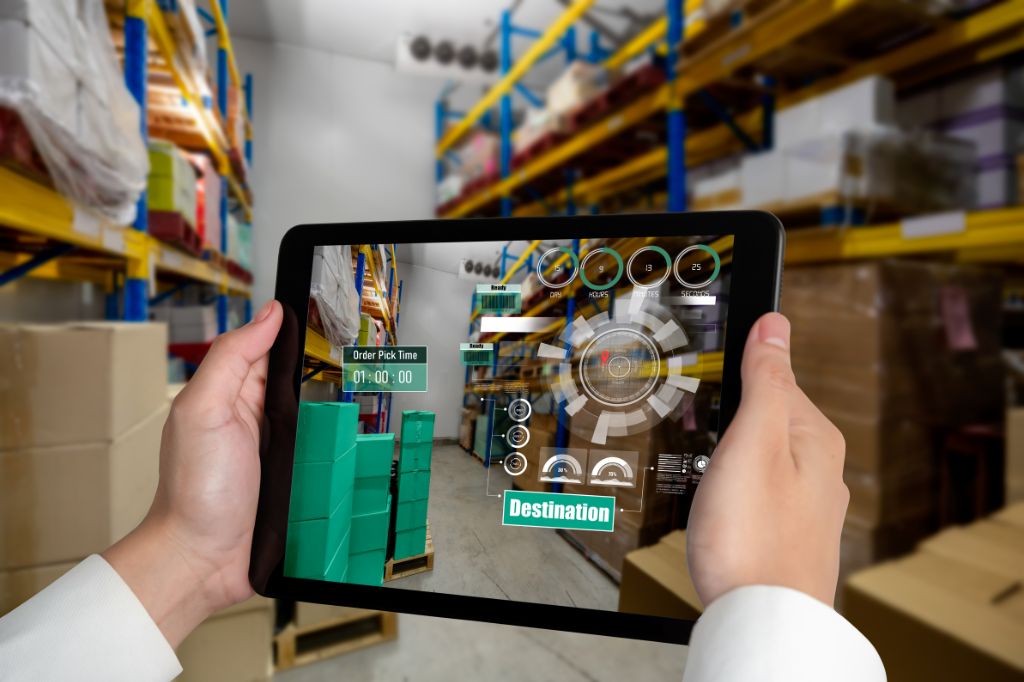
Curved conveyor rollers: the ideal solution for factories with limited space
Reading time: < 3 minutesFactories and industrial facilities operating in limited areas face the challenge of optimizing the layout of their equipment without compromising the efficiency of their operations.
Curved conveyor rollers are a highly effective solution that allows industrial plants to make the most of the available space while maintaining a steady flow of materials and reducing the need to expand infrastructure.
Improving efficiency in small factories with curved rollers
These rollers are essential for conveyor systems that require changes in direction of material flow, whether to move products within an assembly line, from the production area to storage, or to facilitate loading onto trucks and containers.
One of the main advantages of curved rollers is their ability to adapt to complex plant layouts. Unlike traditional linear systems, curved conveyors can fit into corners or navigate around obstacles, maximizing the use of every square meter of the factory. This is especially useful in smaller plants.
Additionally, curved rollers improve efficiency by reducing downtime, preventing the need to manually transport materials in areas where straight lines are not feasible.
They also help minimize the risk of product damage, as automated transportation ensures more controlled handling.
Success stories: implementing curved rollers in industrial plants with limited space
The implementation of curved conveyor rollers has transformed the efficiency of many industrial plants with limited space. Here are some of the main success stories:
- A mining plant in a mountainous region of South America faced the challenge of transporting minerals within a plant located on uneven terrain. With limited space and several geographic constraints, the installation of curved conveyors allowed the plant to efficiently redirect material flow. This solution not only saved costs but also increased processing capacity by 15%, without production interruptions.
- A European automotive parts factory with an “L” shaped layout required a solution to connect multiple assembly stations. Thanks to curved rollers, the plant was able to optimize workflow by integrating multiple production lines without the need for facility expansion, resulting in a 20% productivity increase and a significant reduction in internal transport times.
- In a North American food processing plant, curved rollers were integrated into areas where conventional systems couldn’t be installed. This allowed products to travel through restricted areas, improving both food safety and operational efficiency.
These cases demonstrate that implementing curved conveyor rollers can make a significant difference in space optimization and industrial performance improvement.



